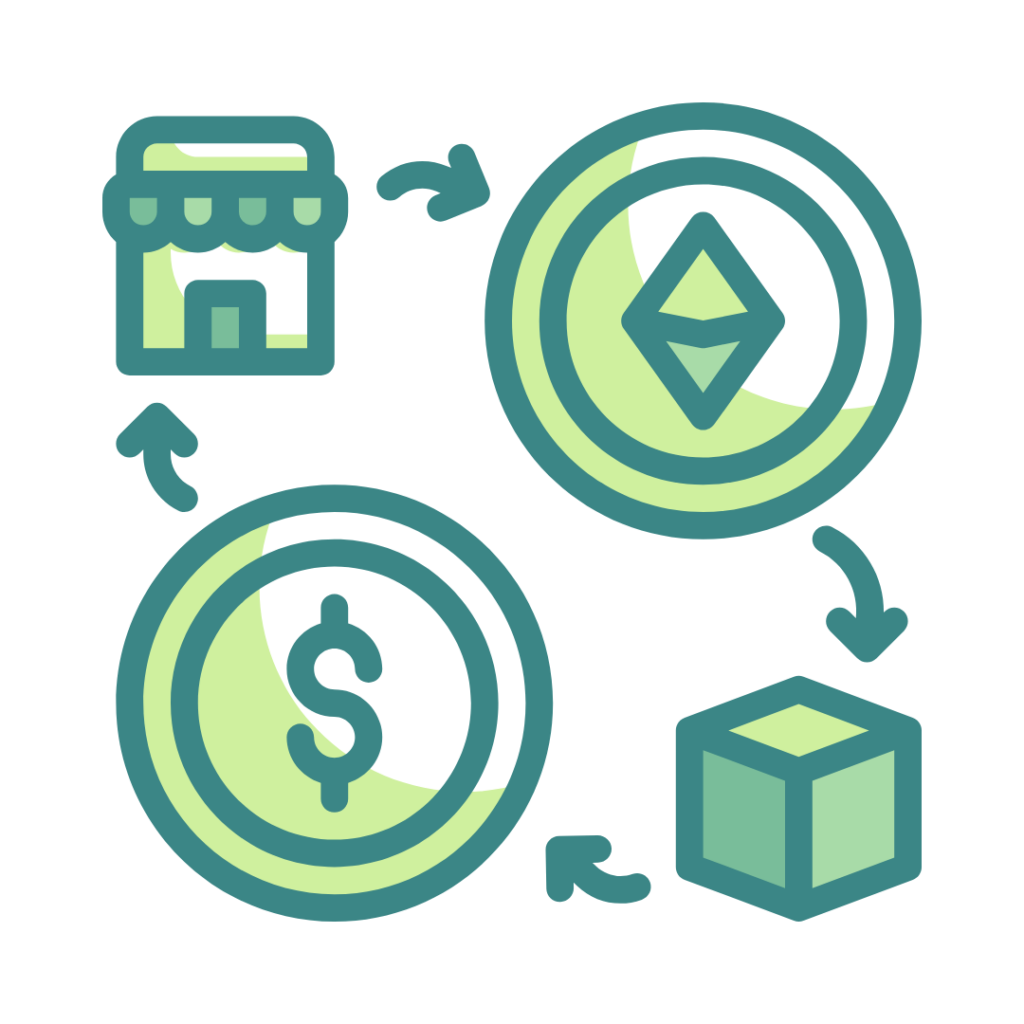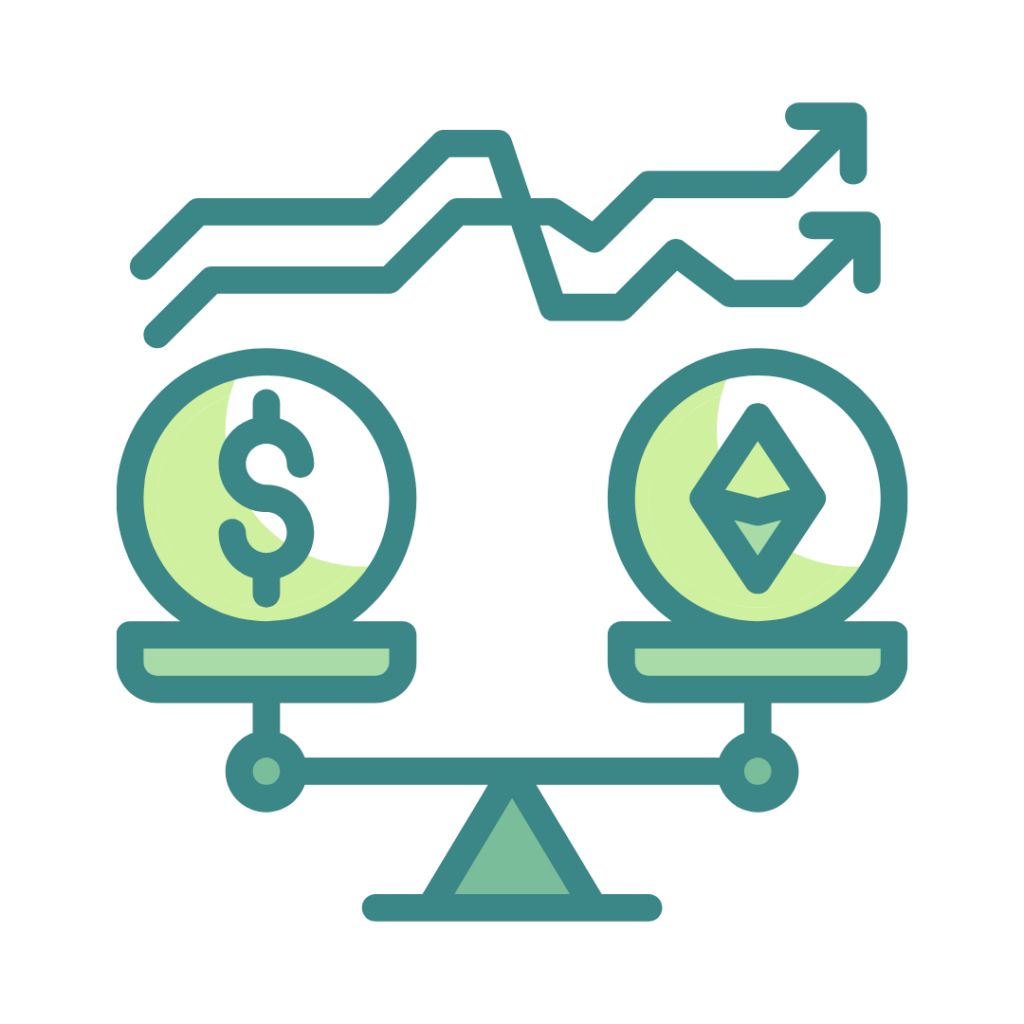This guide will explain to readers the subject of minting NFTs and how they can start minting an NFT on their own. But let’s find out what NFTs are?
NFTs have become quite popular amongst many collectors and investors in the past few years.
These artworks on the internet are being sold for millions, which provides artists with opportunities to scoop up NFTs so they can benefit from them to get richer quickly. As there is a saying, “If you are an artist and want to be a successful artist then learn to convert your art into NFT art.”
Whether this is a passing trend or a viable investment class is still debated. NFTs, on the other hand, is a highly promising breakthrough for artists and innovators. Here’s a step-by-step tutorial on turning your artwork into an NFT (a process known as “minting”).
How do you mint NFTs?
NFT refers to a “non-fungible token” that is a sort of digital certificate generated on a blockchain — most commonly Ethereum (CRYPTO: ETH). It ensures ownership of a particular digital asset by a person. Artists can monetize their work by minting virtual assets as an NFT.
Trying to sell virtual files isn’t new, of course. However, one of the most novel applications of NFTs is the capability to prove your identity as the original creator.

The founder of the NFT is registered on the public ledger since NFTs are recorded on a blockchain. As a result, if your work is traded on the secondary market, you can establish a price for any time that virtual asset is sold in the future (known as royalty in the business world) and receive passive revenue over time.
Here’s how to make them.
Link your wallet
You’ll need first to open a crypto wallet and then connect it to the NFT marketplace. To get started, go to the top right corner and click the wallet icon or the “Create” button. Marketplaces will utilize a similar request to link your wallet and create an account.
You’ll be provoked to link your wallet via a QR code scanner on your phone or download your wallet onto your computer, counting on the wallet you’re using (such as MetaMask or Coinbase (NASDAQ: COIN) Wallet) and the platform you’re working from (desktop or mobile).
Your crypto wallet will be merged, and your marketplace account will be created once all of the steps have been completed. Make sure that your profile is complete.
Make your digital file.
Select the “Create” option in the top right corner of the marketplace’s home page. The next step is to submit a file and name your NFT. Optional elements include a description of your work an external link to more information.
You can also choose the number of royalties you’ll receive if your NFT is resold in the future. A standard royalty payout is between 5% and 10% of the secondary sales price. When you click “Complete,” your first NFT will appear.
Ensure your wallet is covered
Selling an NFT necessitates some calculation on the grid’s part. There will be a fee for it, known as “gas fee.”
To perform your first sale, ensure you’ve purchased Ethereum (or another cryptocurrency) and deposited it into your wallet using a crypto trading app.
Depending on the marketplace, you can then transmit the cryptocurrency from your wallet to the NFT marketplace account. Some marketplaces allow you to buy crypto right from your profile by setting up payment means like a credit card.
Being unaware of how much crypto you’ll need, the next step will automatically compute it for you.
Sell your NFT by putting it up for sale.
You’re prepared to sell your NFT on the marketplace once you’ve minted it. Within your NFT’s description page, click the “Sell” button in the upper right corner.

Consider it the right time to explain the specifics of your transaction. Select a fixed price depending on your selected cryptocurrency and a timed auction.
Then select “Complete listing.” The marketplace will compute gas fees based on the level of activity of the cryptocurrency network at the time of listing and will demand payment from your crypto wallet.
Organize NFT trade
It’s time to start communicating with potential patrons after your NFT has been specified and posted for sale. You can also create more NFTs and add them to a group to draw the attention of art collectors.
NFTs started on one marketplace can be transferred and sold on another, albeit there may be fees associated with this.
Like any other online activity, interacting with collectors on NFT marketplaces generates rapport, which can help you grow your new NFT business. Keep an eye on what’s going on with your creations, ask for comments, and keep creating unique pieces for digital collectors to buy.
Is NFT Minting Worth It?
In terms of its significance in enhancing intellectual property control in the art sector, NFTs are a one-of-a-kind solution. It also gives collectors interested in NFT and other collectibles access to a larger global network of people.
As a result, using an NFT minting technique to democratize ownership, sales, and acquisitions of unique digital assets could be a viable option.
The NFT crusade is still in its early stages.
Although some digital producers have gained a lot of money quickly by generating NFTs, keep in mind that this movement is still in its infancy.
The online creator economy was an early user of NFTs. For artists, singers, content producers, video game developers, and others, the potential to passively monetize work long after the original sale might be a game-changer.
On the other hand, minting an NFT and selling it should not be considered a get-rich-quick scam. Selling your digital assets in this manner will come with a cost, and there’s no assurance that anyone will want to buy your work.
Nevertheless, converting your digital labour into a blockchain-based asset is a fascinating field that has the potential to redefine how creators are compensated in the future. The NFT realm is well worth examining if you’re an artist or a digital entrepreneur.


